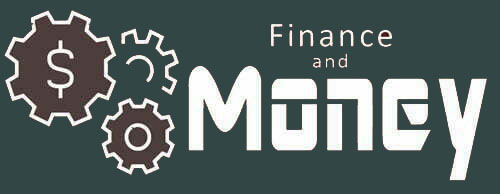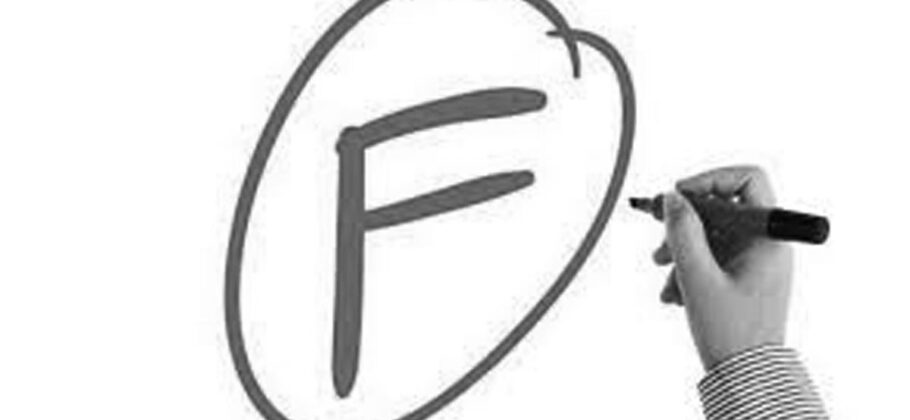The latest release of the Nation’s Report Card, formally known as the National Assessment of Educational Progress (NAEP), paints a sobering picture of American education. The 2025 results reveal that American students—particularly those in urban public schools—are continuing a long-term academic decline in math, science, and reading. While Democrat COVID-19 school closure policies exacerbated the crisis, the downward spiral began well before the pandemic. The implications are profound. Without a well-educated generation, America’s global competitiveness and leadership are at risk.
According to the NAEP, twelfth-grade math scores in 2024 were the lowest since the current assessment began in 2005. Only 22 percent of 12th graders performed at or above the “proficient” level in math. An astounding 45 percent fell below the “basic” level—a five-point increase since 2019. Reading scores were similarly dismal. Just 35 percent of students reached “proficiency”, and nearly one-third scored below “basic”. In science, eighth-grade scores dropped 4 points since 2019, with only 31 percent achieving “proficiency” and 38 percent falling below “basic”, the highest failure percentage since 2009.
These declines are not isolated incidents. They reflect a decades-long erosion of academic achievement. The achievement gap is widening, and the most vulnerable—students in segregated urban schools—are bearing the brunt. Millions of Black and Hispanic students are failing or dropping out. Even those who receive high school diplomas are not prepared for college admission or career-level jobs.
Public School Problem
The NAEP data includes students from public, charter, private, and parochial schools. While all sectors saw some decline, public schools—particularly in large Democrat-controlled cities—fared the worst. Chronic absenteeism, lack of individualized instruction, and bureaucratic inertia have crippled many urban public school systems. In cities like Chicago, New York, and Los Angeles, where public education is dominated by entrenched political interests financially tied to powerful teachers’ unions, reform has been slow or actively resisted.
These cities also tend to have high concentrations of segregated minority students. The data shows that those communities are disproportionately affected. The failure to provide quality education in these areas is not just a policy failure—it’s a moral one.
School Choice Programs Work
Amid this bleak landscape, one solution has consistently shown promise — school choice. Charter schools, private institutions, and parochial schools have outperformed traditional public schools in key metrics year after year. For example, a 2023 study by the Urban Institute found that students in charter schools were 12 percent more likely to reach proficiency in math and 15 percent more likely in reading compared to their public school counterparts. Similarly, private school students scored 20–30 points higher on standardized tests across subjects.
These schools often operate with greater flexibility, accountability, and parental involvement. They are not bound by the same bureaucratic and political constraints as public schools — and can innovate in curriculum, discipline, and pedagogy. More importantly, they offer families—especially low-income and minority families—a chance to escape failing schools.
Yet, despite the evidence, school choice remains a politically charged issue. Many Democrat-led urban districts oppose voucher programs and charter expansion, citing concerns about funding and equity. But the current trajectory suggests that maintaining the status quo is far more damaging. Since non-public schools operate on lower budgets, the record clearly establishes that funding is not a root cause of educational failure.
Political Resistance to Reform
The opposition to school choice is often framed as a defense of public education. But in practice, it has become a defense of teachers’ unions, Democrat political machines and failing students. Teachers’ unions, which wield significant influence in Democrat-controlled cities, have consistently lobbied against charter school expansion and voucher programs. Their resistance is not rooted in student outcomes but in preserving institutional power.
This political entrenchment has real consequences. In cities like Detroit and Baltimore, where public schools are in crisis, charter schools have long waiting lists. Parents are desperate for alternatives, but the system denies them access. The result is a generation of students trapped in underperforming schools with little hope for academic success.
The implications of this crisis go far beyond test scores. In an era of rapid technological advancement and global competition, a nation’s strength is increasingly tied to its intellectual capital. If American students continue to fall behind in STEM and literacy, the country risks losing its edge in innovation, leadership, and economic power.
Lesley Muldoon, executive director of the National Assessment Governing Board, warned that today’s students are entering adulthood “with fewer skills and less knowledge in core academics than their predecessors a decade ago”. This is happening at a time when the demands on future workers and citizens are greater than ever.
Real Reform Versus Continued Failure
To reverse this decline, policymakers must embrace bold reforms. Expanding school choice should be at the forefront. This includes:
- Universal voucher programs. Allow families to choose the best school for their children.
- Charter school expansion, especially in underserved urban areas.
- Accountability measures. Reward schools for performance and penalize failure.
- Teacher accountability. End practices that protect incompetent teachers.
- Parental empowerment, giving families a real voice in their children’s education.
These reforms are not a panacea, but they offer a lifeline to students trapped in failing schools. They also introduce competition into a stagnant system, forcing public schools to improve or lose enrollment.
Summary
The 2025 Nation’s Report Card is a wake-up call. America’s education system is in crisis, and the consequences are too dire to ignore. The data is clear. Public schools — especially those serving segregated minority schools in Democrat-controlled urban centers — are failing to educate the next generation. School choice offers a proven alternative, but political resistance continues to block progress.
If America is to remain a global leader, it must invest in its most valuable resource—its children. That investment means embracing reform, empowering families, and holding schools accountable. America’s future depends on it – as do the hopes and aspirations of millions of students who are currently denied access to America’s opportunity society. Their loss is the nation’s loss.
So. there ‘tis.





